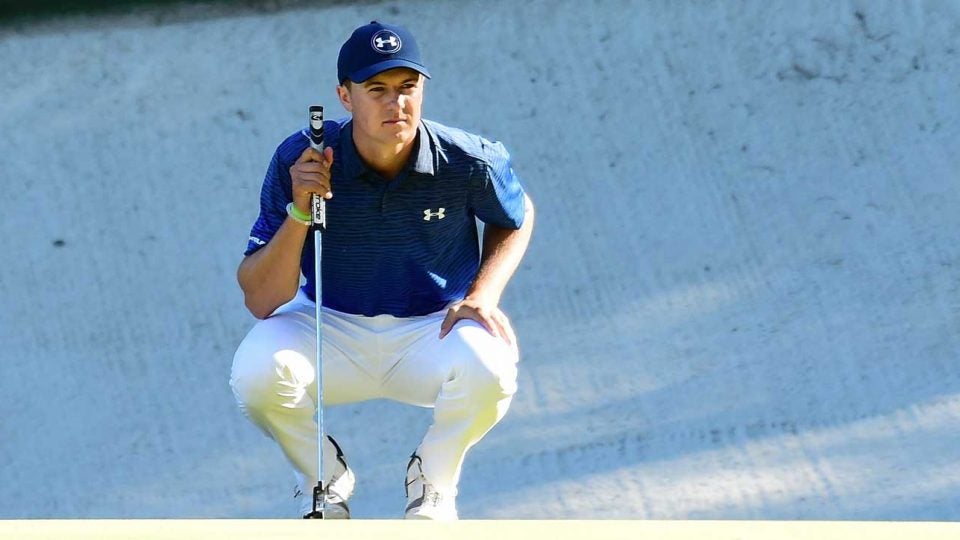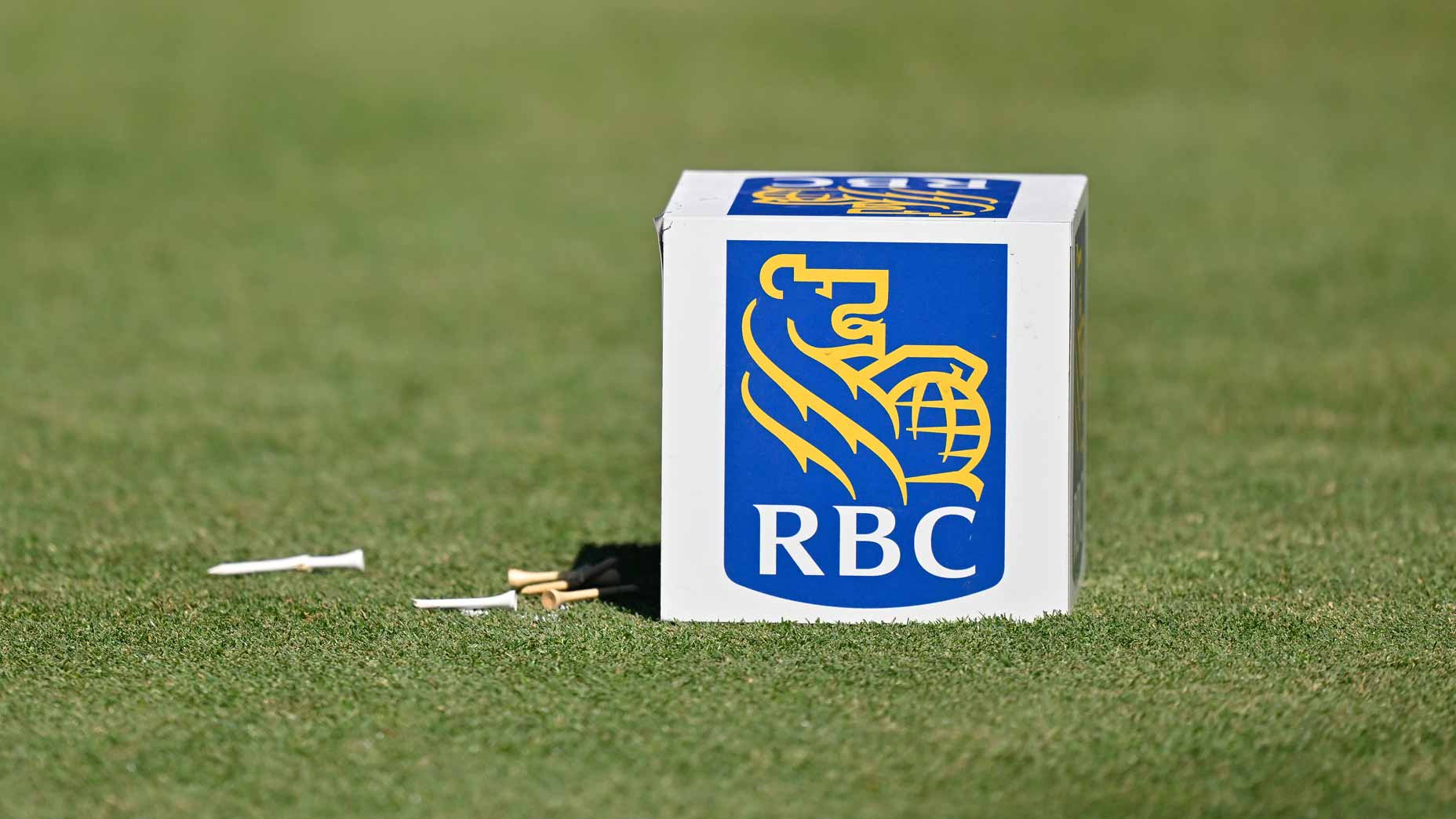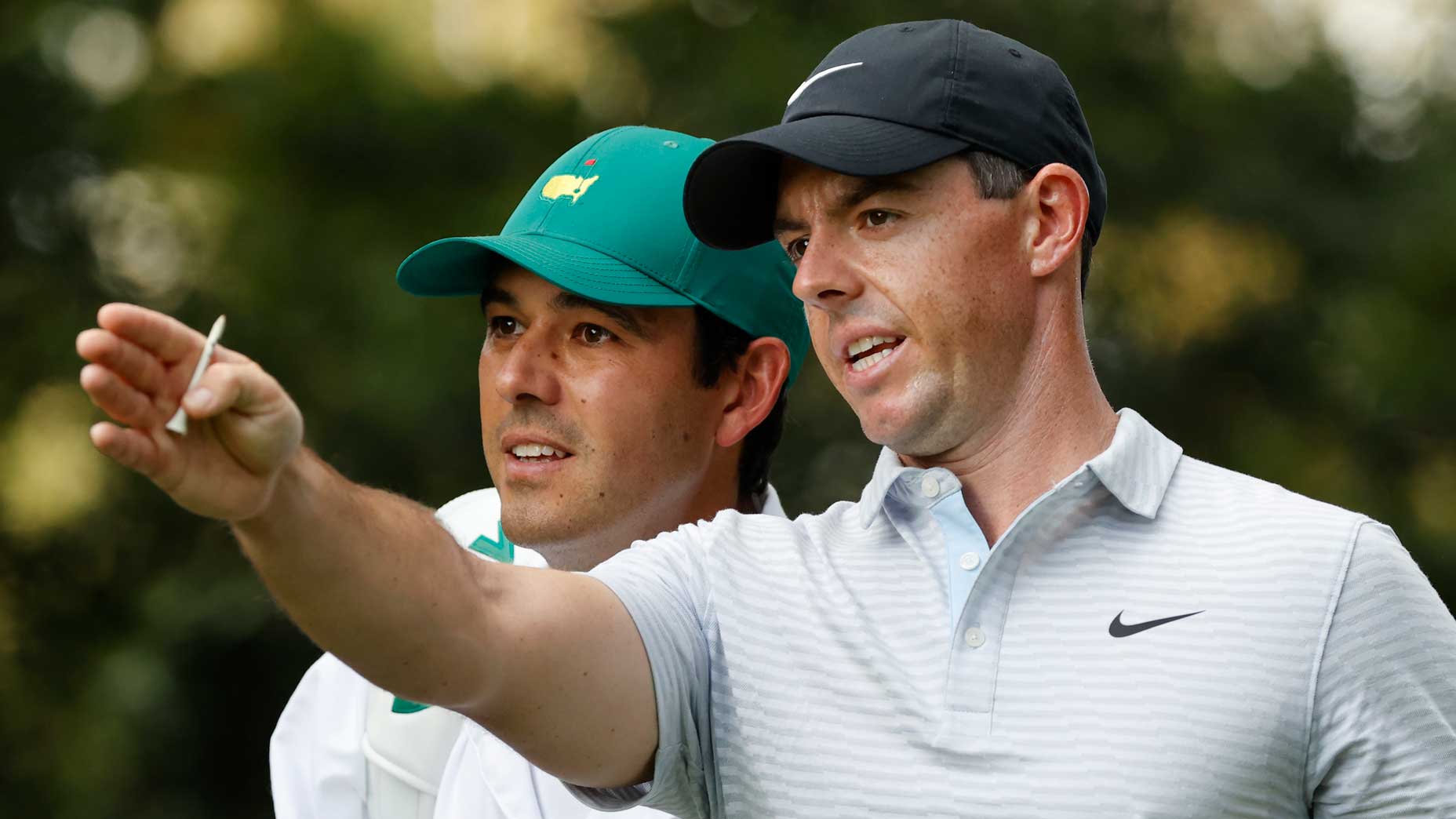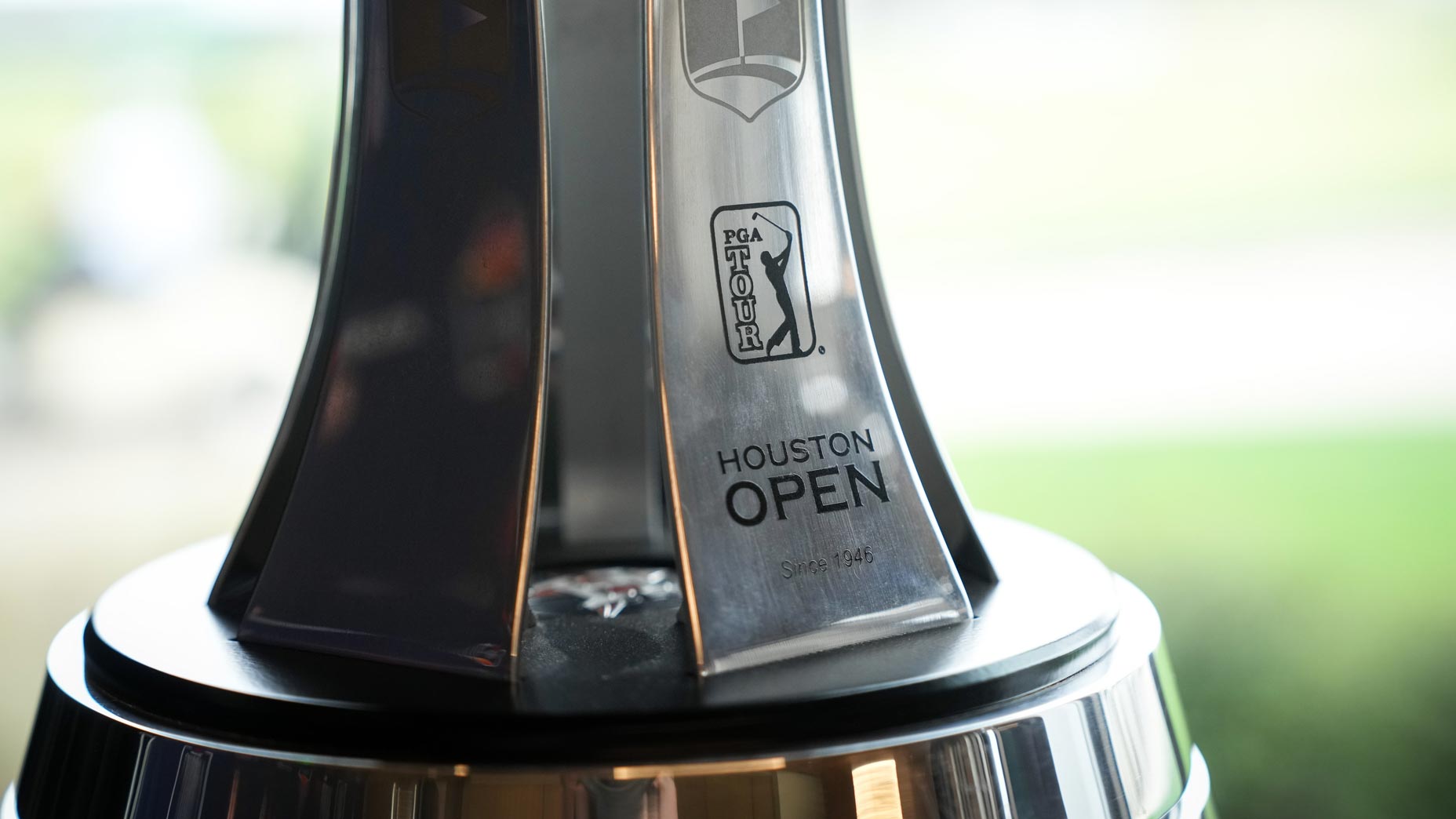AUGUSTA, GA — You’d be hard-pressed to find a player at this Masters Tournament — or any tournament, really — who will say they’re anything but confident, excited, satisfied and optimistic about the week ahead.
They enter and exit the press center, duck in and out of the clubhouse, smile ear-to-ear and praise, praise, praise Augusta National. After all, this is the script for feel good, play good. But then, toward the end of Jordan Spieth’s press conference Tuesday, some candor of a different flavor: recently he’d been panicking; panicking about his putter.
“It was like ‘What in the world is going on?'” Spieth said.
What was going on? He three-putted all over Austin Country Club during the WGC-Dell Match Play and lost a match to Patrick Reed. More acutely, though, his posture was a bit fluky. When addressing his ball and lining up his putterhead, Spieth would peek forward to an aiming point on the green, but that spot didn’t match the line of his putter face.
“Sometimes I get that for a day, sometimes it’s a couple weeks,” Spieth said. “I was getting it for a couple months.”
Spieth grinding through those months has been a bit like watching Thor fight without his hammer, or Captain America without his shield. Spieth’s putter, which has been all-world for much of this career, has been dreadful this season. 14th-percentile dreadful.
In this moment of panic, Spieth counseled with his coach Cam McCormick, a self-proclaimed problem solver. They used old videos and photos to compare Spieth’s current stroke and past. Spieth wants it perfect, McCormick just wants it positive. That’s how he’s able to show up and some use those words “good,” “confident,” and “calm” while the stats would show otherwise.
Spieth smiled as he talked about last weekend’s T3 at the Houston Open. It’s reason for optimism, he thinks, but it’s also a reminder of how far his putting has held him back. T3 anywhere is not just good — it’s great — but the 3.2 shots he lost to the field on the greens were the three shots that kept him from joining the sudden-death playoff. Of course, Spieth’s putting isn’t his only concern, but the way he spoke Tuesday, that 14th-percentile flatstick is priority no.1. Perhaps it’s also that every other facet of his game is tidy. As tidy as can be. Spieth is worse than ever on the greens and better than ever from tee-to-green. There is one glaring weakness, but just because a pitcher’s curveball isn’t crossing the plate doesn’t mean he can’t still get batters out. At least that’s what confident golfers are supposed to think.
This type of dichotomy in pre-green, post-green efficiency is hardly foreign to some of the game’s greatest ball-strikers — Adam Scott and Hideki Matsuyama come to mind — but for some of those it might seem expected. With Spieth, of course — a 24-year-old three-time major-winner — it seems confusing. His own words have done nothing to alleviate that.
On Jan. 14: “I got a lot of work to do in the putting game.”
On Feb. 7: “Right now on the greens I just want to go blank and just putt.”
But then, positive vibes at Pebble Beach: McCormick talked Spieth through it, his caddie Michael Greller offered tips, and putting whiz Steve Stricker supplied analysis. Finally, on Feb. 11, Spieth felt comfortable: “My putter made tremendous progress this week.”
But six weeks later, on March 23, the loss to Patrick Reed left him dejected again: “I don’t know when it will come. I don’t know if it will come next week. I don’t know if it will come next year.”
As of today, April 3, it still hasn’t arrived. It’s on its way, he promises, but it’s not there yet. He swears it’s closer. He’s confident, too. Not that he’d say otherwise.








